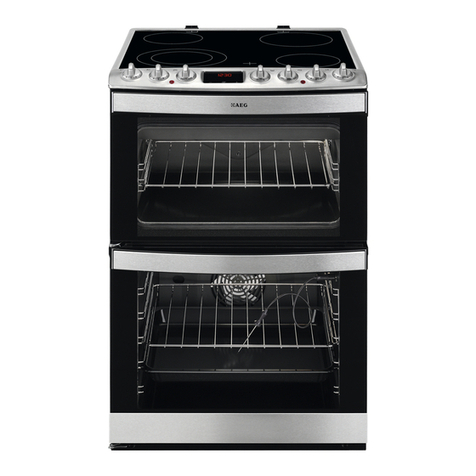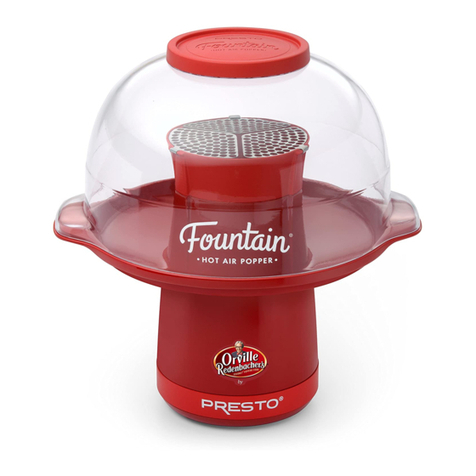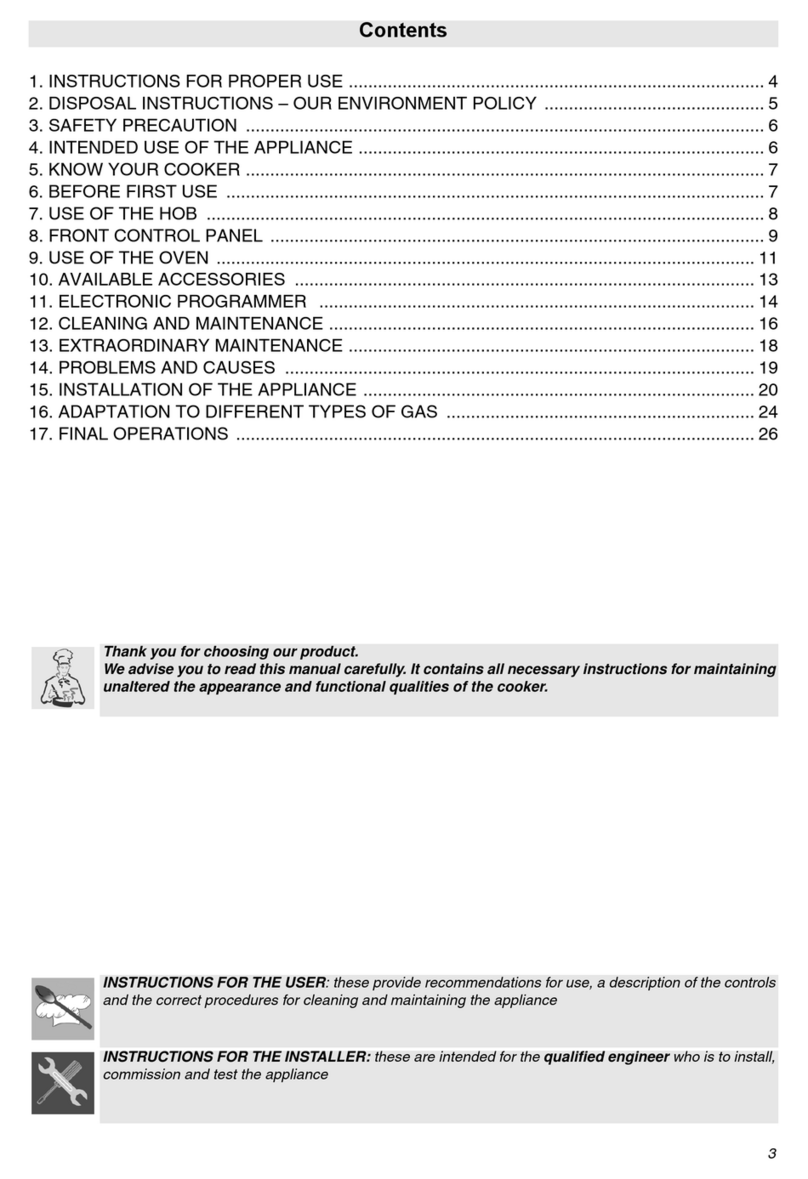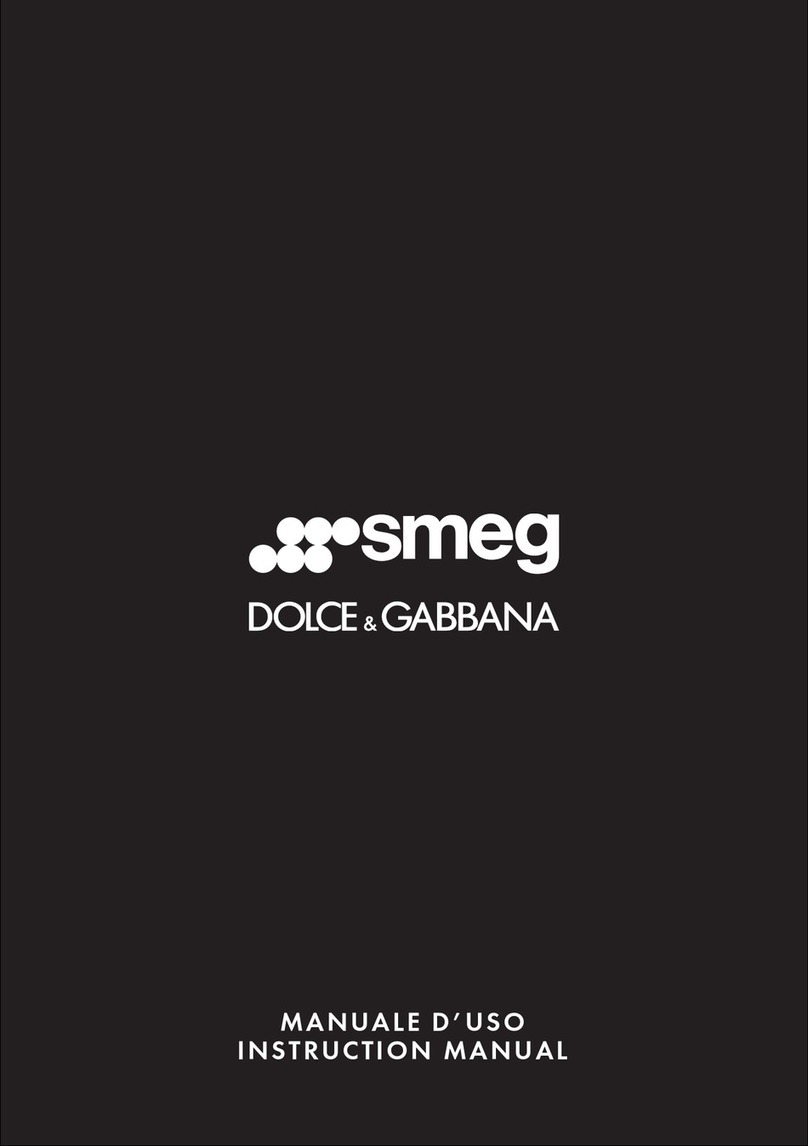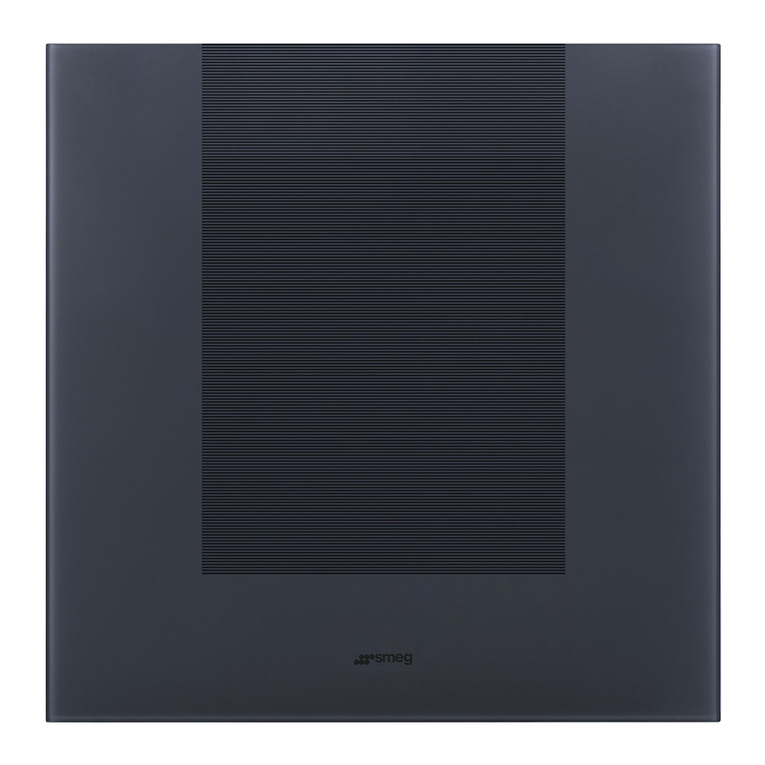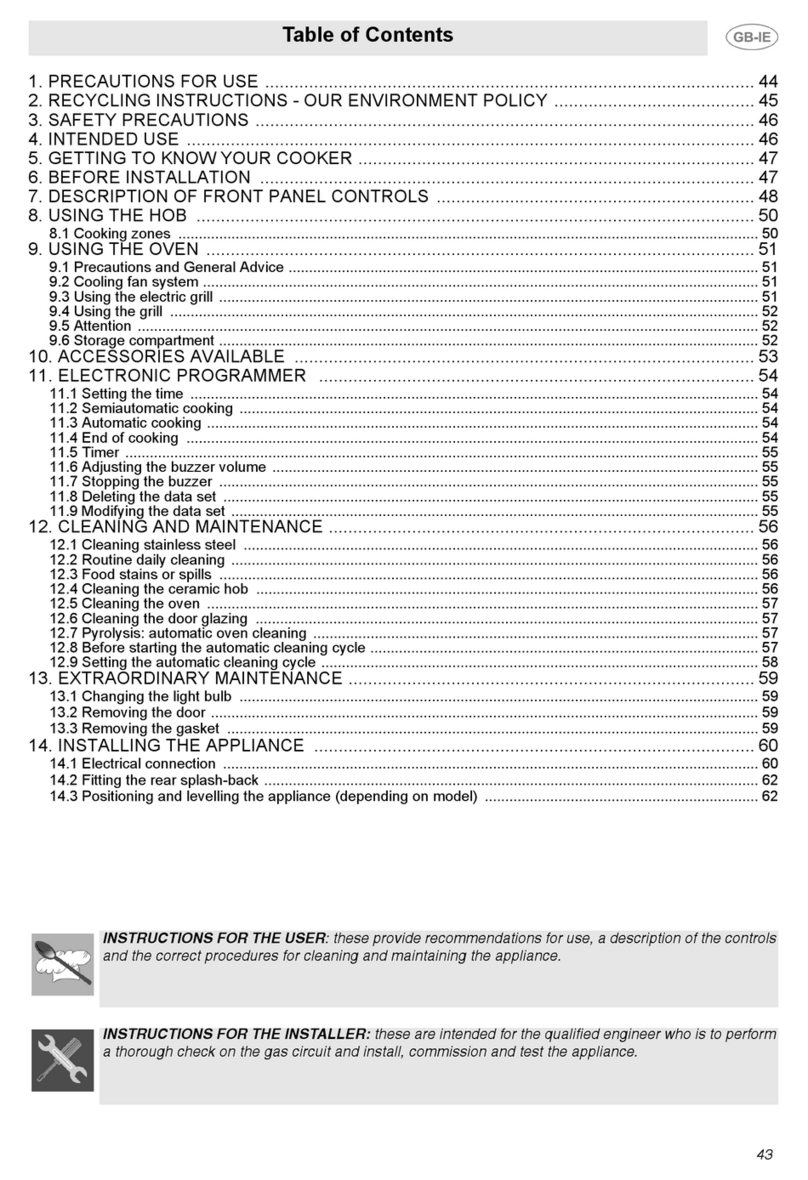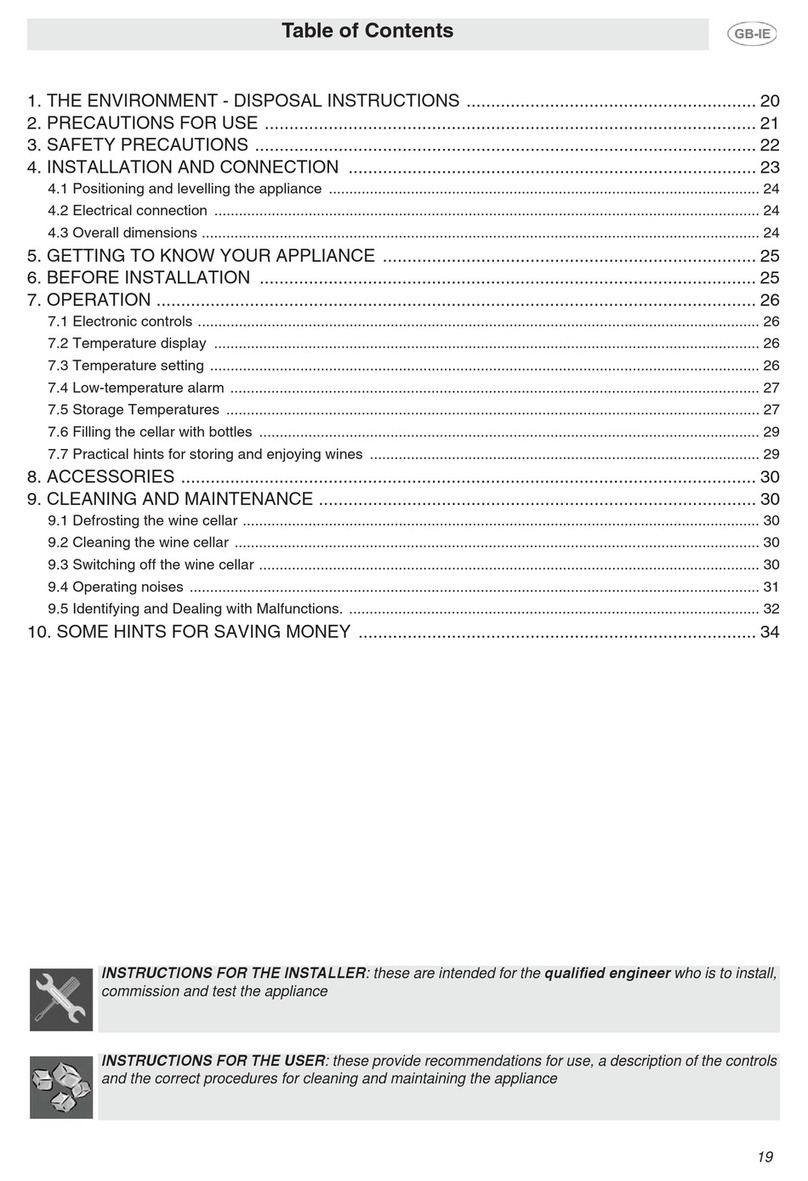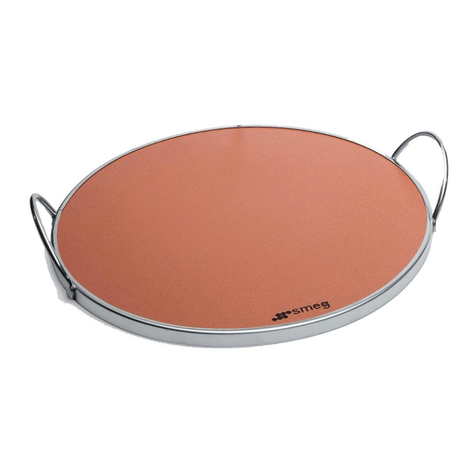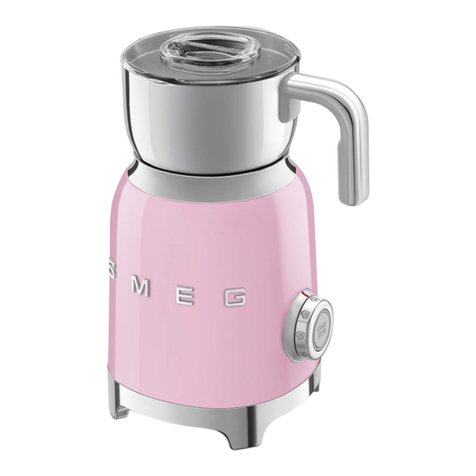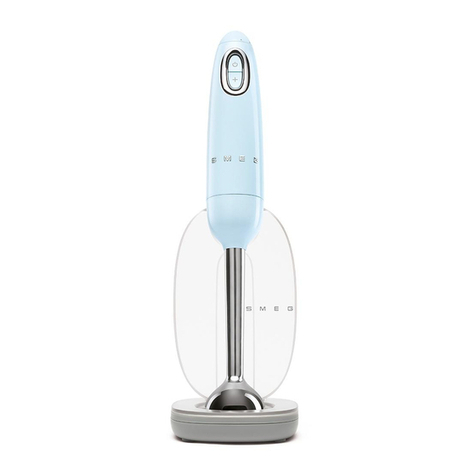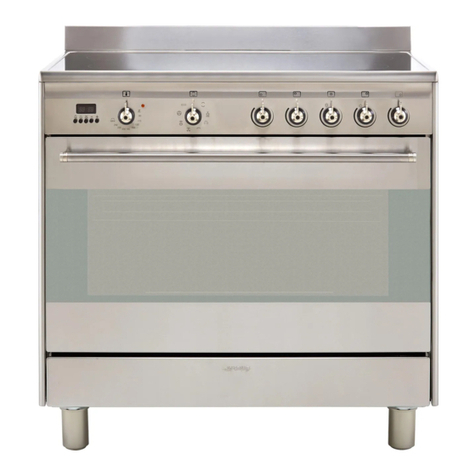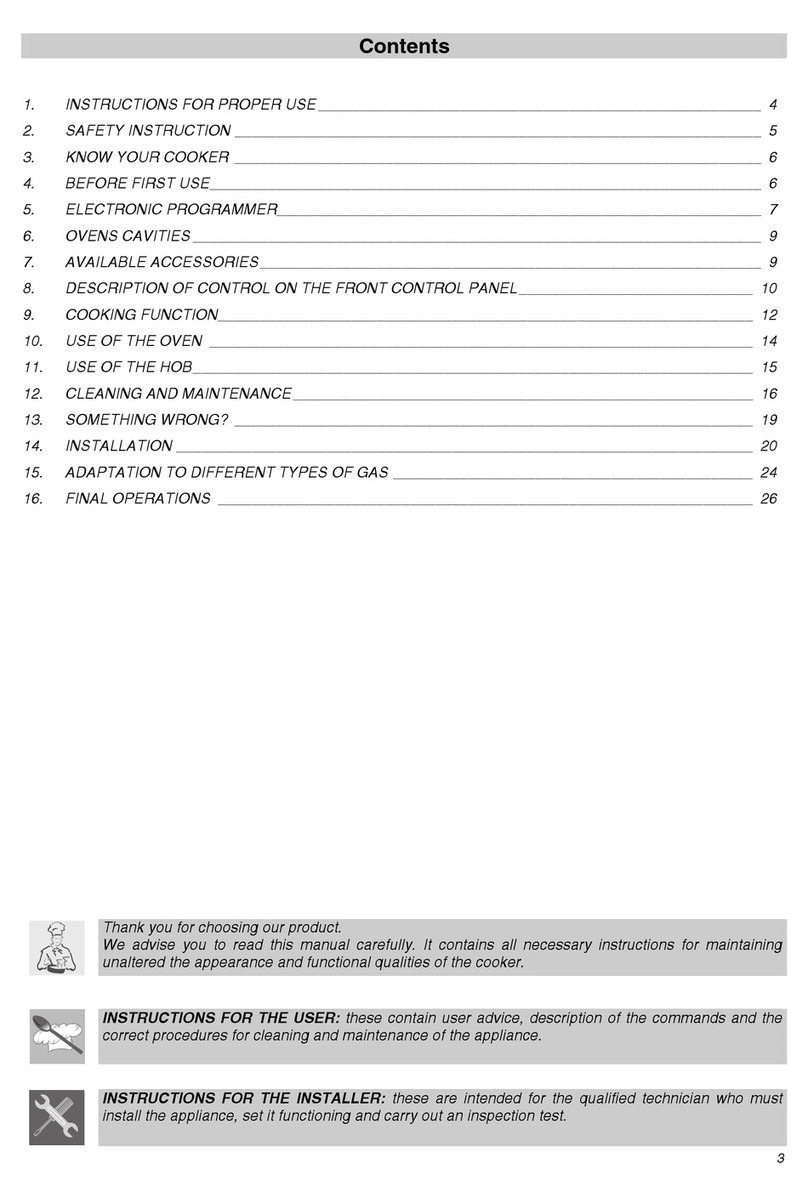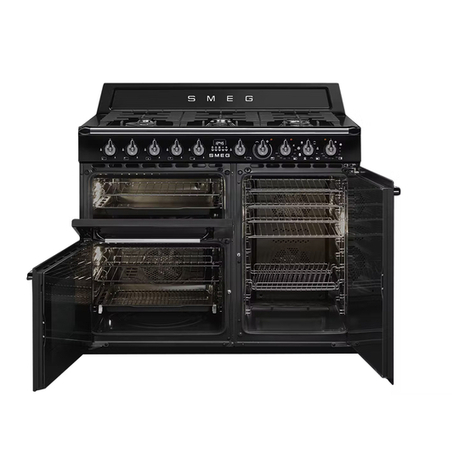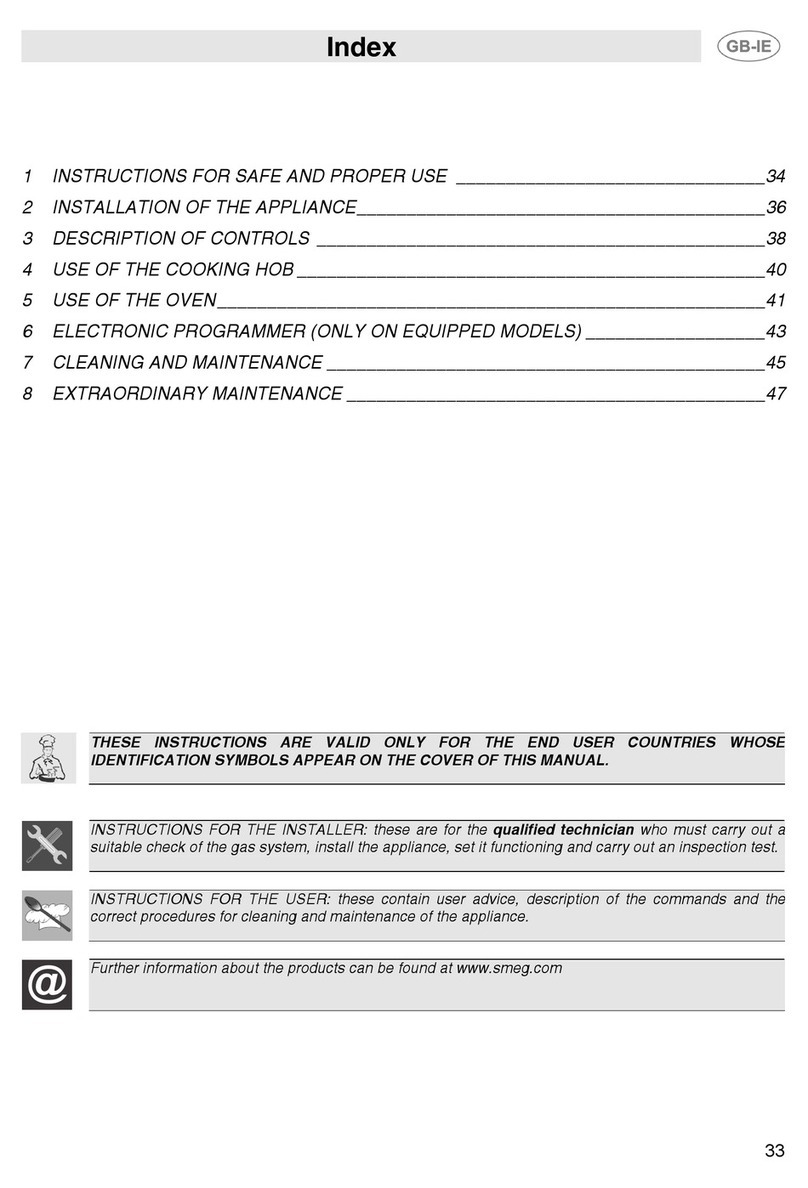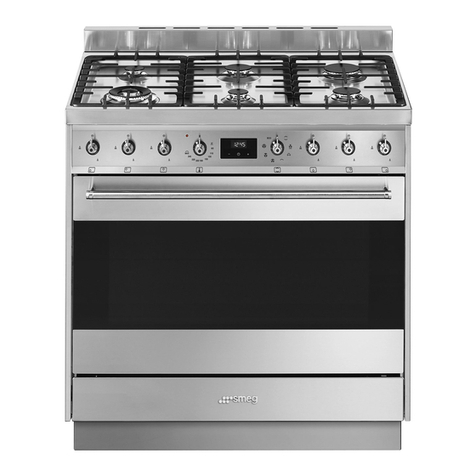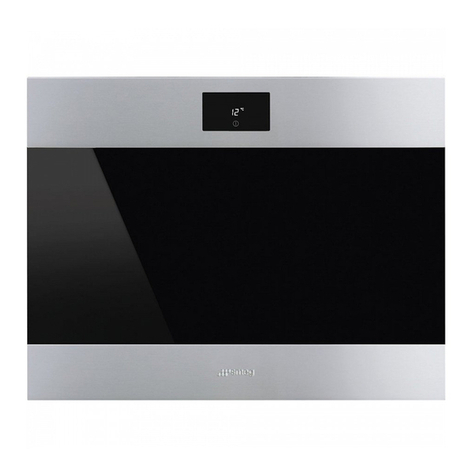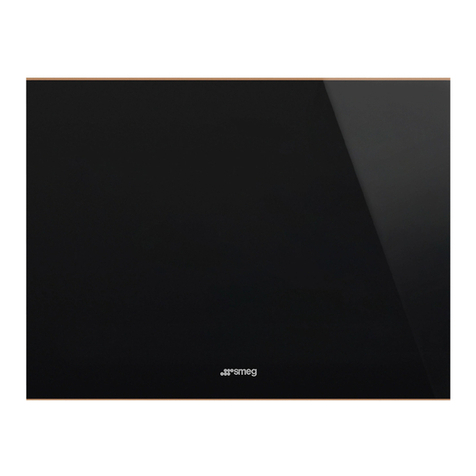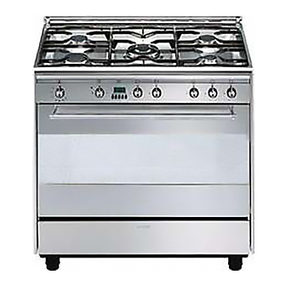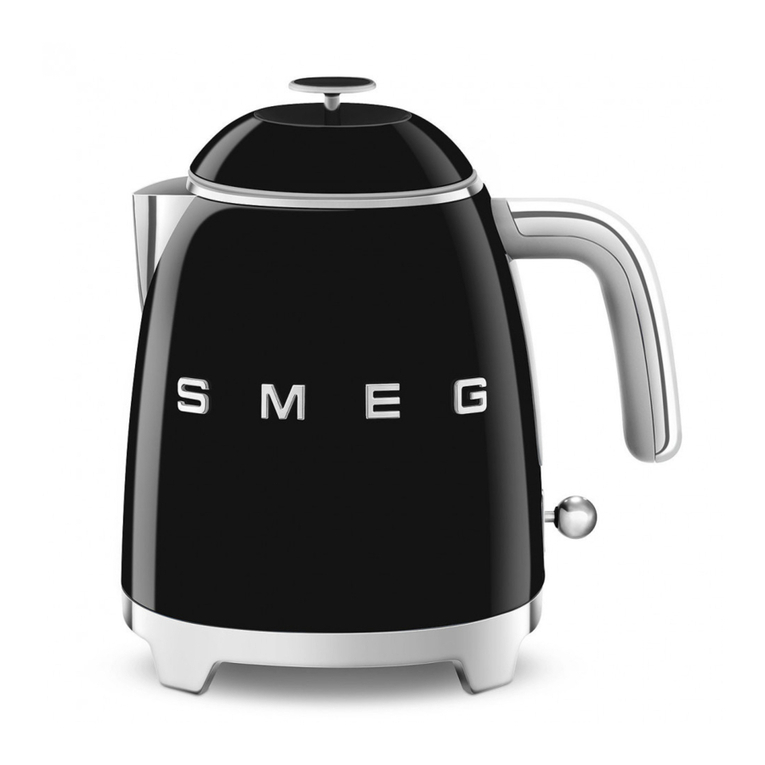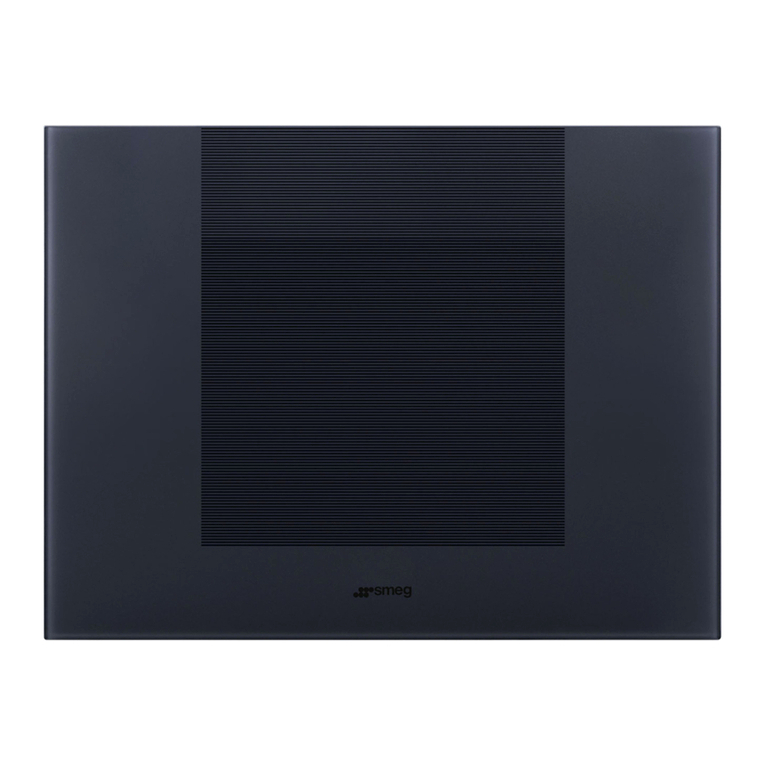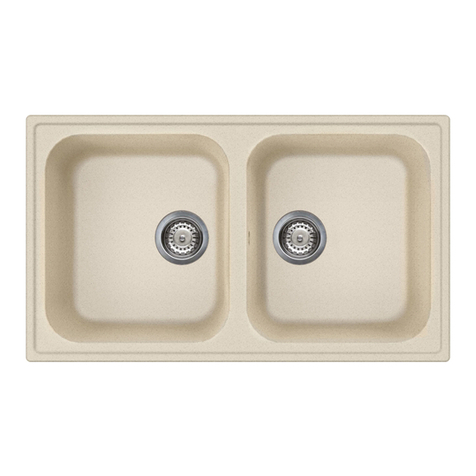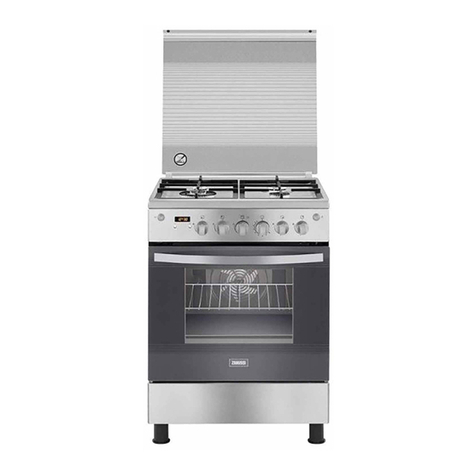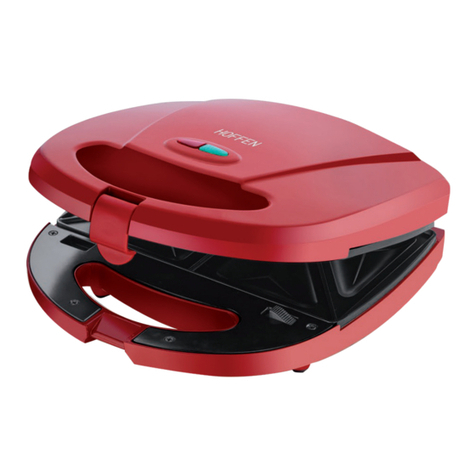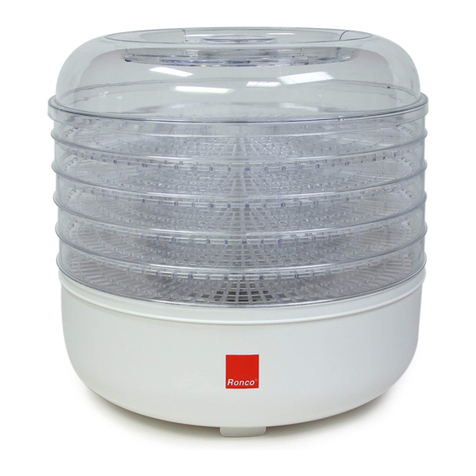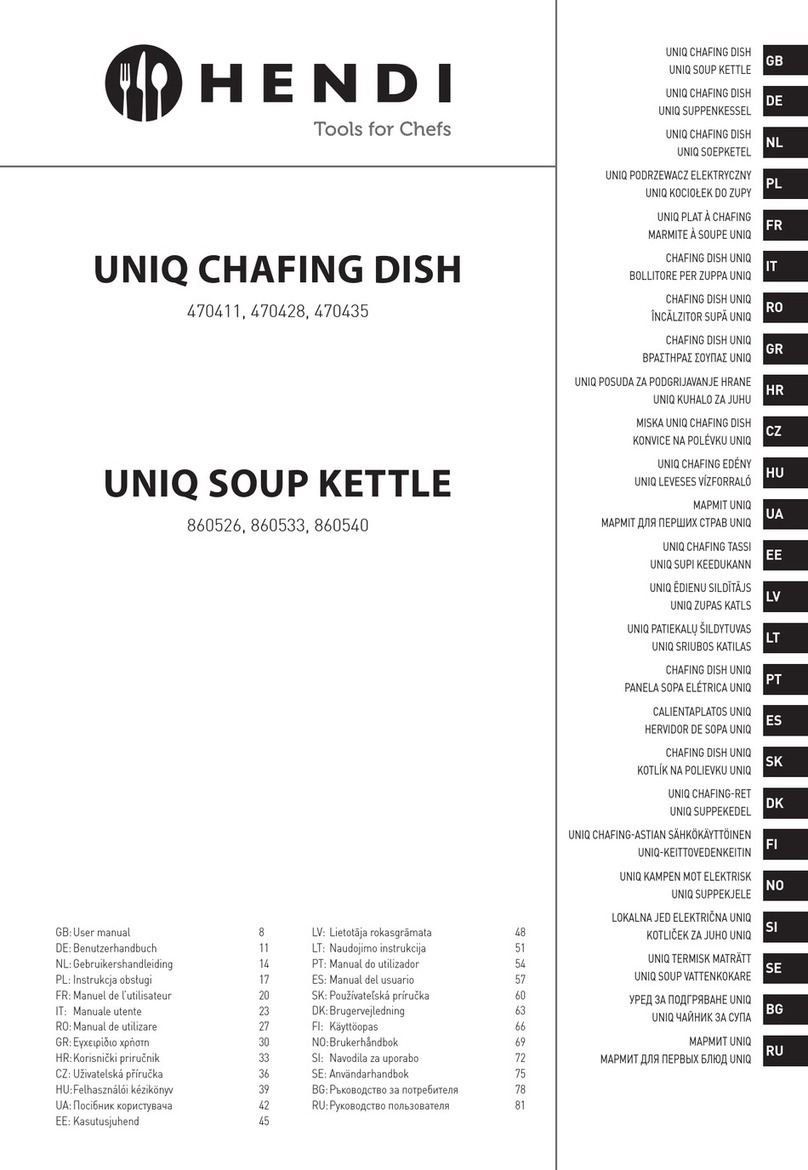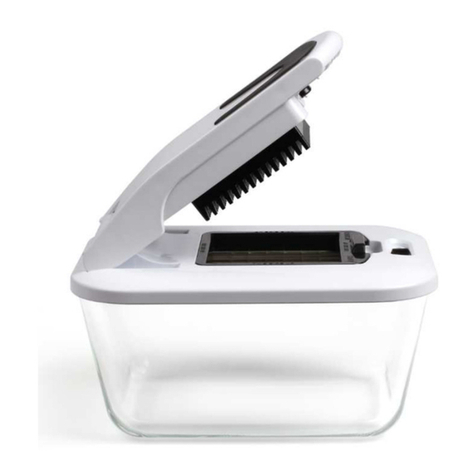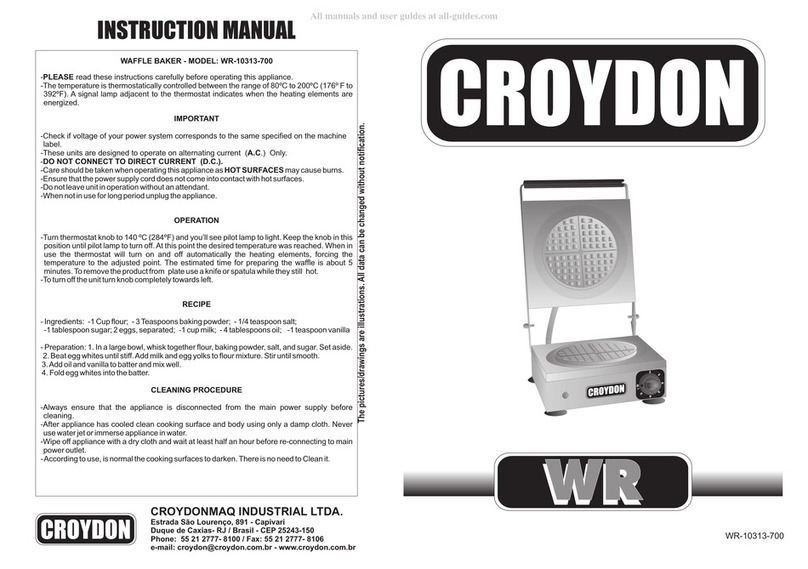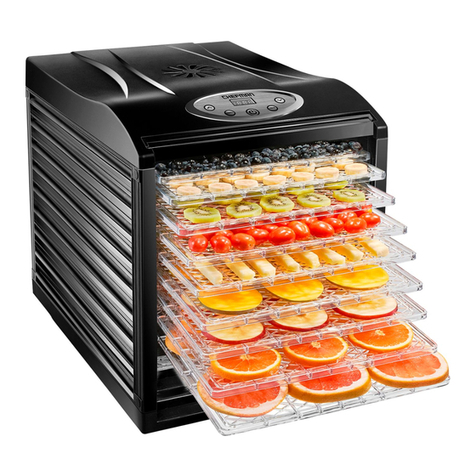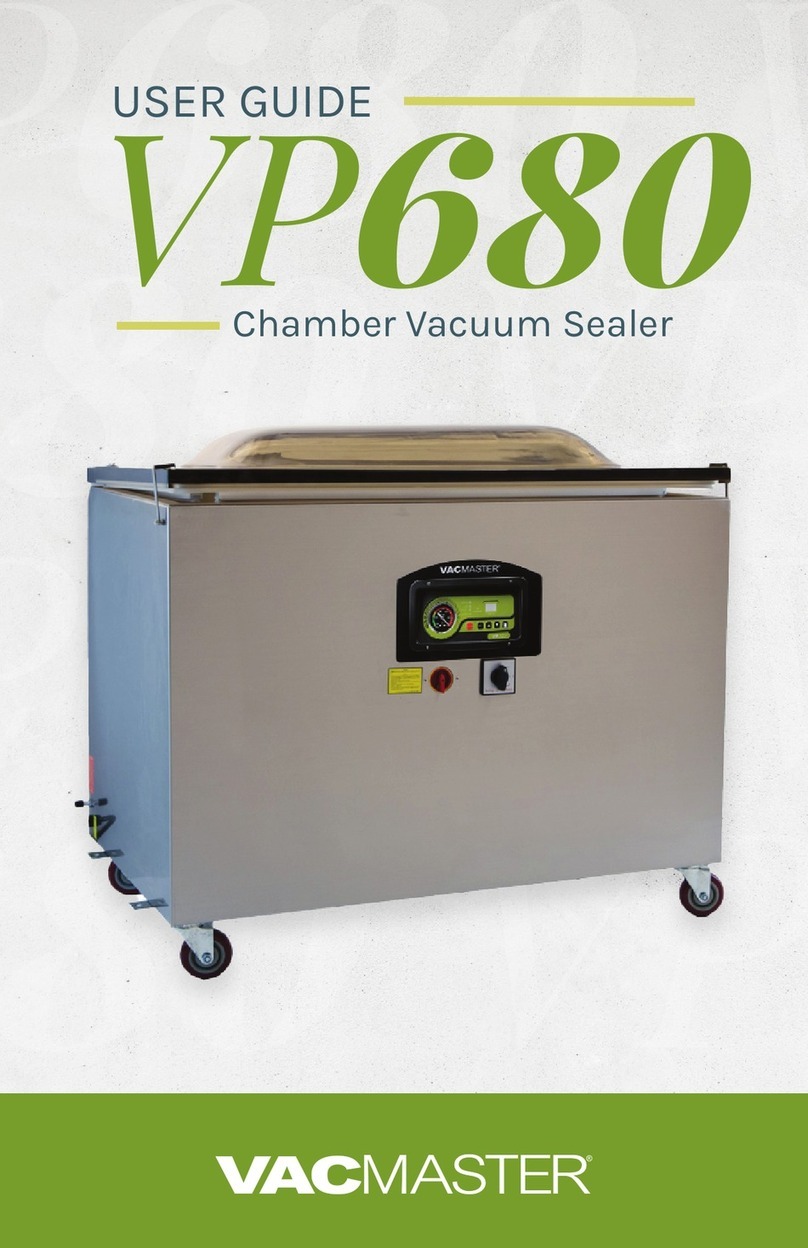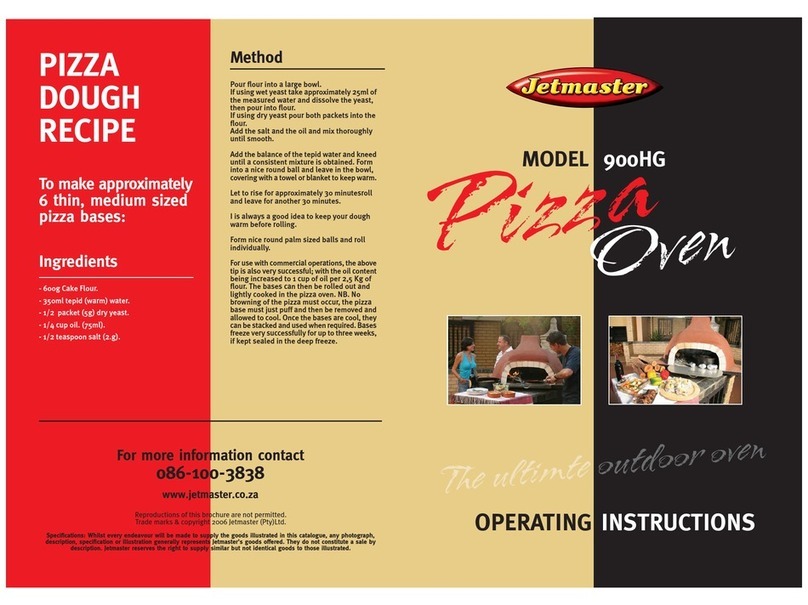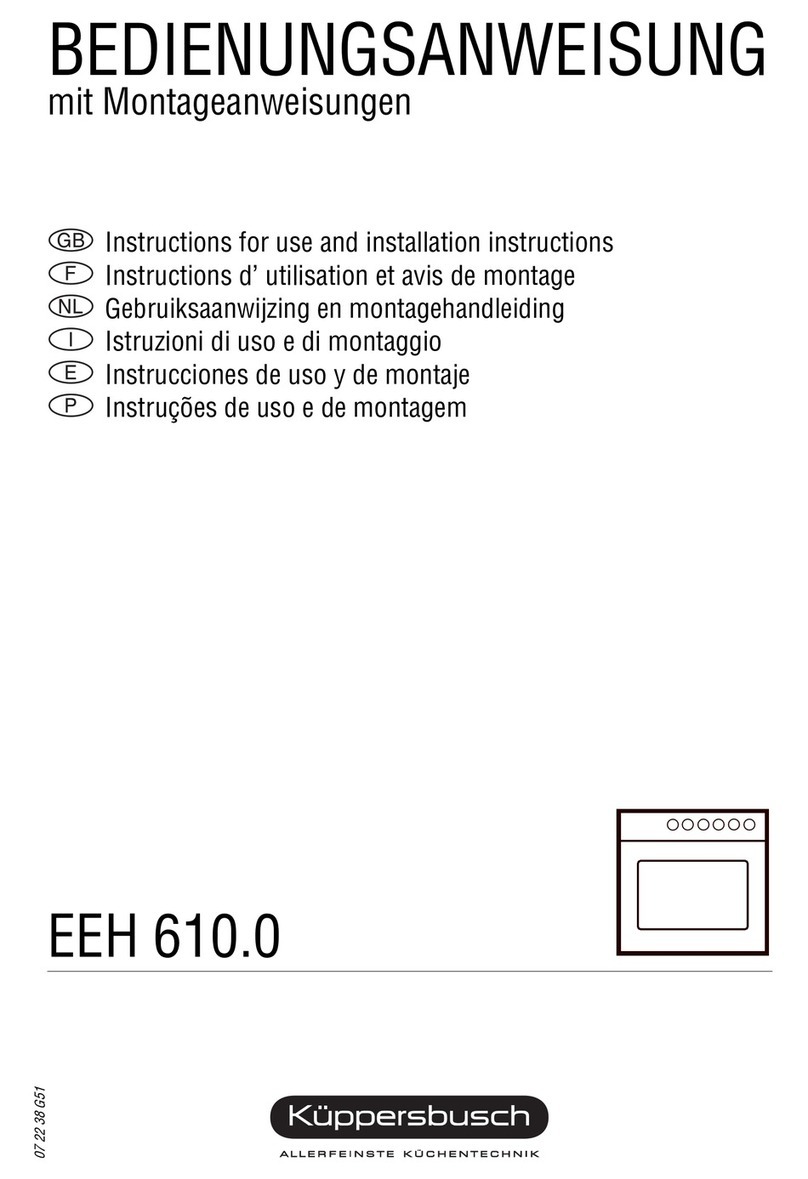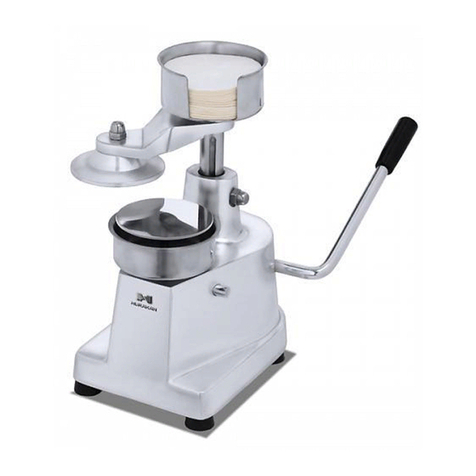Use
10
3 Use
3.1 Instructions
High temperature inside the oven
during use
Danger of burns
• Keep the oven door closed during
cooking.
• Protect your hands using heat resistant
gloves when moving food inside the
oven.
• Do not touch the heating elements inside
the oven.
• Do not pour water directly on very hot
trays.
• Young children should be supervised to
ensure that they do not play with the
appliance.
• If you need to move food or at the end
of cooking, open the door 5 cm for a
few seconds, let the steam come out,
then open it fully.
Improper use
Danger of burns
• Make sure that the flame-spreader
crowns are correctly positioned in their
housings with their respective burner
caps.
• Oils and fat could catch fire if
overheated. Be very careful.
• During use the appliance becomes hot.
Care should be taken to avoid touching
heating elements inside the oven.
• Accessible parts will become hot when
in use. To avoid burns young children
should be kept away.
Improper use
Risk of damage to surfaces
• Do not cover the bottom of the oven with
aluminium or tin foil sheets.
• If you wish to use greaseproof paper,
place it so that it will not interfere with the
hot air circulation inside the oven.
• Do not place pans or trays directly on
the bottom of the cooking compartment.
• Do not use the open door to rest pans or
trays on the internal glass pane.
• Do not pour water directly on very hot
trays.
• Make sure that the flame-spreader
crowns are correctly positioned in their
housings with their respective burner
caps.
• The cooking vessels or griddle plates
should be placed inside the perimeter of
the hob. Not suitable for use with
aftermarket lids or covers.
• All pans must have smooth, flat bottoms.
• If any liquid does boil over or spill,
remove the excess from the hob.
• Do not place anything, e.g. flame tamer
or griddle plate between pan and pan
support.
• Do not remove the pan support and
enclose the burner with a wok stand,
only use the wok support supplied.
• Do not use large pots or heavy weights
which can bend the pan support or
deflect flame onto the hotplate.
• Locate pan centrally over the burner so
that it is stable and does not overhang
the appliance.

